New iPhone Feature Discourages Texting While Driving
iOS 11, Apple’s free software upgrade for iPhones coming this fall, will include a new feature called “Do Not Disturb While Driving” in an effort to discourage texting while driving. The feature mutes notifications and sends an automatic reply to anyone who messages you while you’re on the road. The only exceptions are people who […]
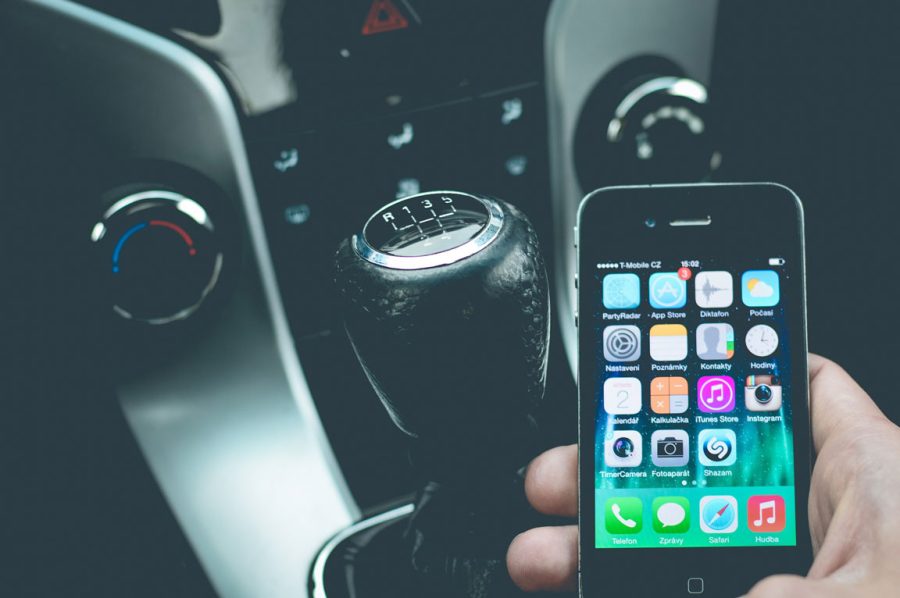
July 17, 2017
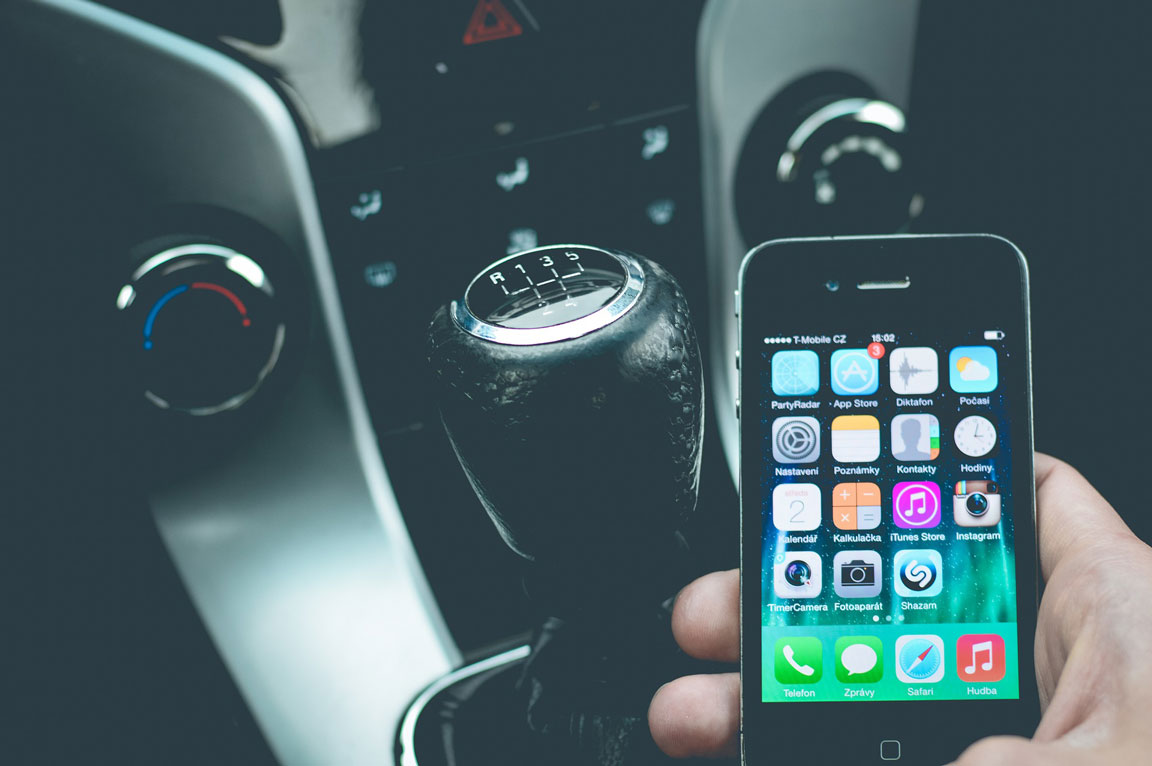
iOS 11, Apple’s free software upgrade for iPhones coming this fall, will include a new feature called “Do Not Disturb While Driving” in an effort to discourage texting while driving.
The feature mutes notifications and sends an automatic reply to anyone who messages you while you’re on the road. The only exceptions are people who are listed as your “favorites”—which are typically people’s parents or spouse or other important friends or family who may need to contact them in case of an emergency.
It’s not something you’re likely to forget, either—the feature is built to sense when you are in motion and prompt you to turn it on. If you’re simply riding as a passenger, you can hit the power button to confirm that you’re not driving and make the prompt disappear.
How Tech Companies Are Discouraging Distracted Driving
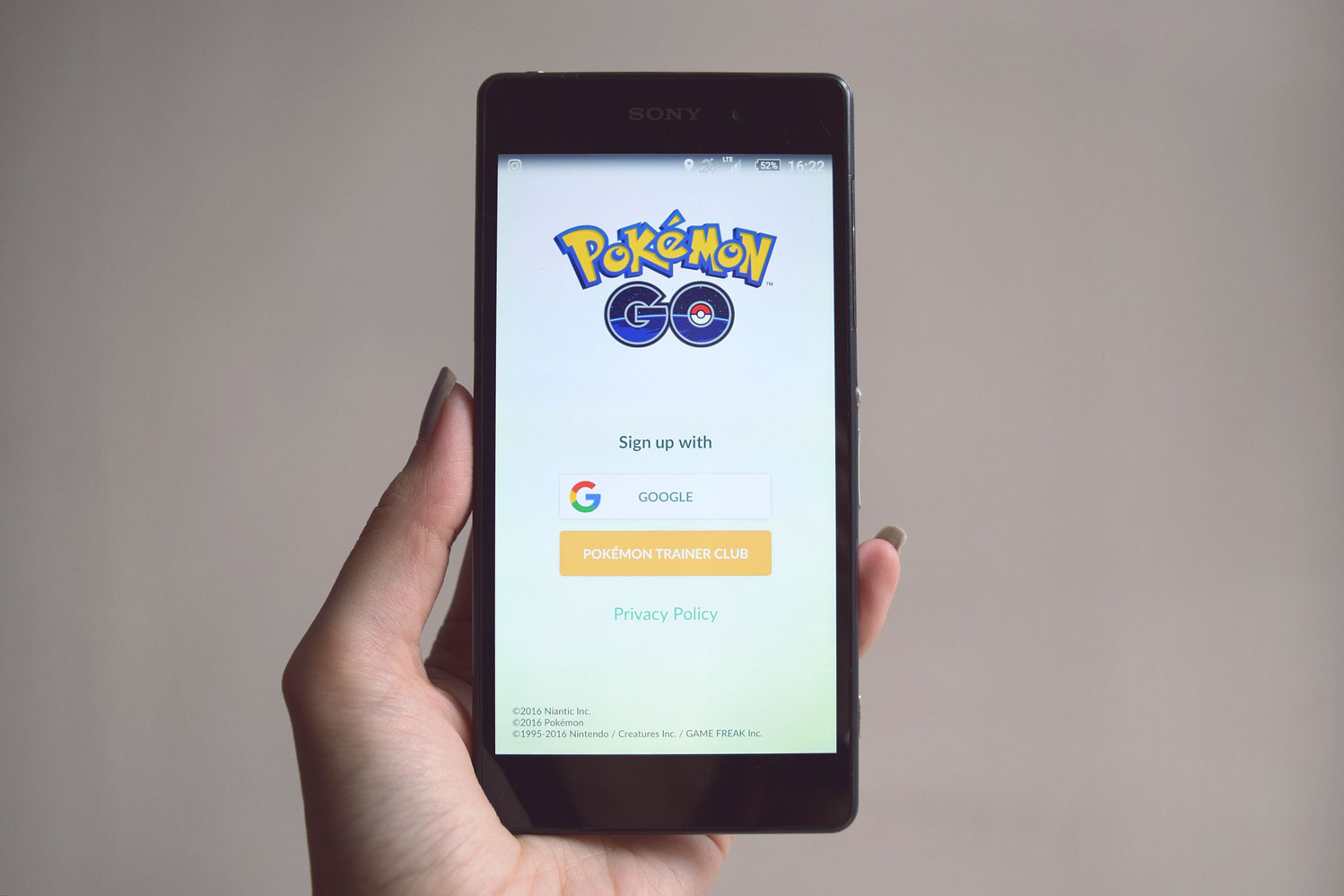
Apple is the first cell phone manufacturer to build a feature to discourage distracted driving directly into its software. Previously, consumers had to rely on outside apps to turn off texts and alerts while on the road.
But other tech companies have had to implement new features to discourage consumers from using their apps while behind the wheel.
In November 2016, Niantic finally disabled the ability for users to spin PokéStops at high speeds in Pokémon GO. This was in addition to Niantic limiting users’ abilities to spawn Pokémon or accrue distance at driving speeds, as well as an update in August 2016 that warned speeding users, “You’re going too fast! Pokémon GO should not be played while driving.”
Snapchat came under fire when reports cropped up of people using the app’s speed filter while driving, often pushing the limits to get the number to climb higher, only to end in a severe or fatal crash. The app now displays a “Do not Snap and drive” warning message the first time the filter is used and reappears any time the user exceeds 15 miles per hour.
The Epidemic of Distracted Driving
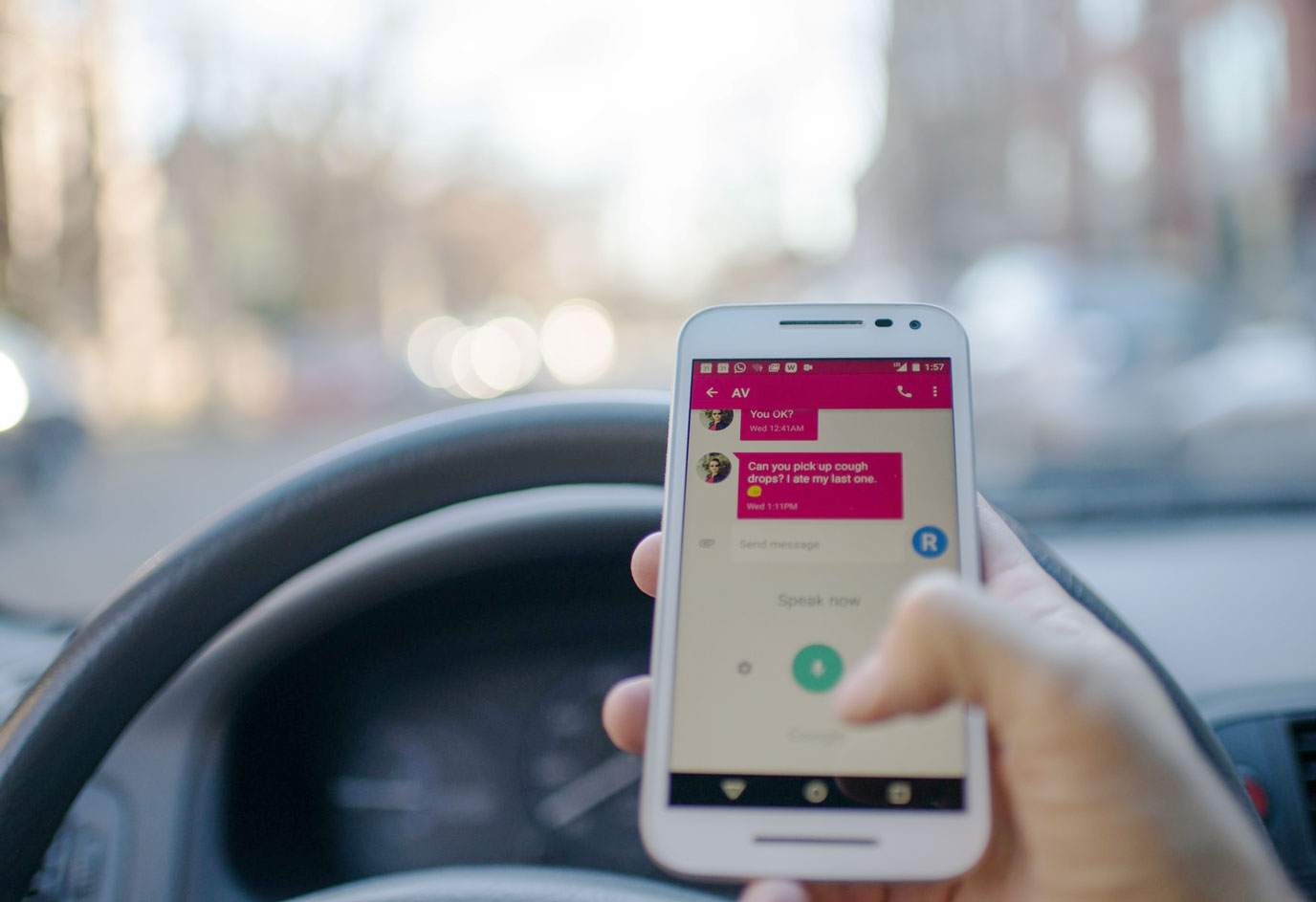
Much of these new technological features on phones and in apps are in a response to the startling federal statistics about distracted driving. According to the National Highway Traffic Safety Administration (NHTSA), 3,477 people were killed and 391,000 were injured in 2015 as a result of distracted driving.
Although texting while driving is possibly the most famous example of distracted driving, distractions can occur in a number of ways: eating and drinking, fiddling with your GPS or music player, or even talking to passengers in your car.
Distracted driving statistics are accounted for separate from other impairments while driving, such as driving under the influence or driving while drowsy.
Distracted driving can be broken down into three types:
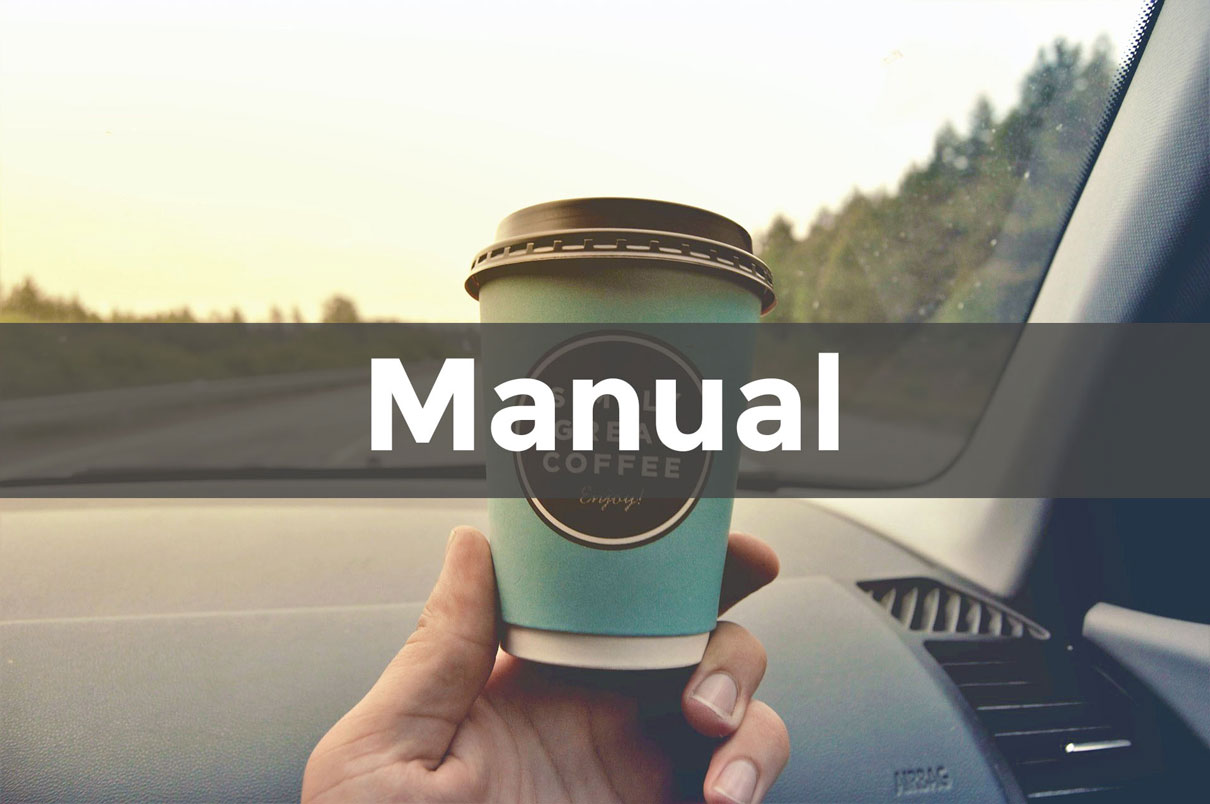
Manual: A manual distraction is anything that requires you to take your hands off of the wheel. An example of a manual distraction would be reaching for a cup of coffee on your way to work, or trying to eat fast food while driving on a road trip.

Visual: A visual distraction is anything that requires you to take your eyes off of the road. An example of a visual distraction would be looking at your friend in the passenger seat while they tell you a story.
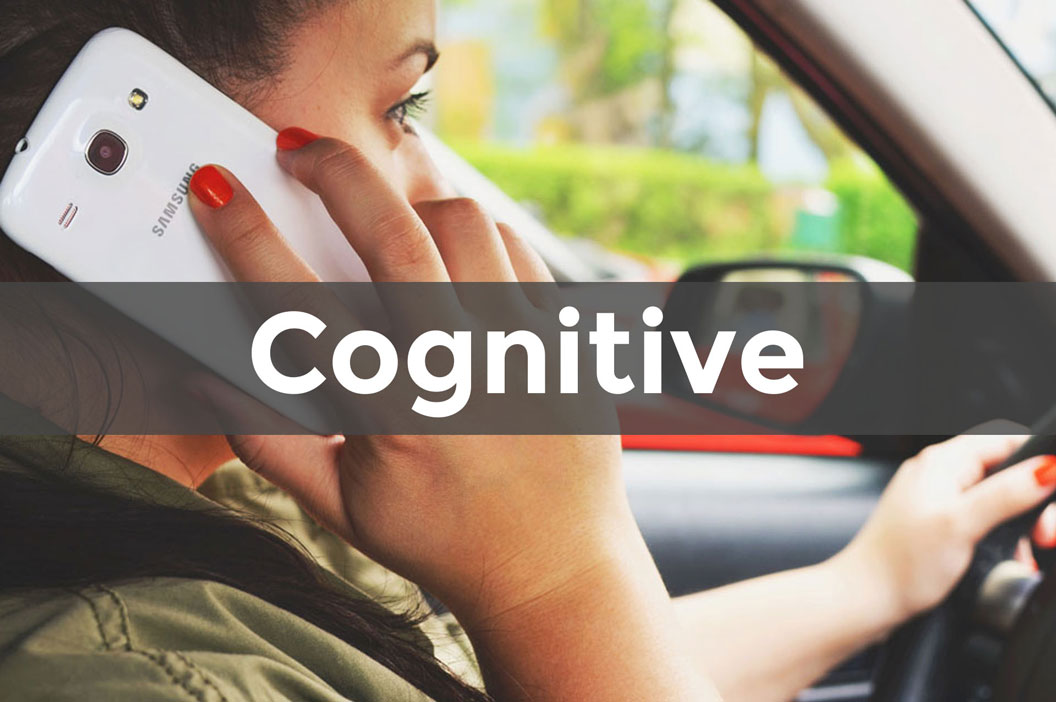
Cognitive: A cognitive distraction is anything that requires you to take your mind off of driving. An example of a cognitive distraction would be talking to someone on the phone and listening intently.
What distracts you while driving becomes worse if it snowballs into multiple categories of distracted driving.
For example, if you’re reaching out to tap a button on your phone to change the song that’s playing, that’s a manual distraction. But if you see something flash across the screen as you reach, suddenly that becomes a visual distraction. You realize that what you saw was a new text message, and it’s from a friend who is mad at you, and you have no idea whether the message they sent is friendly or actually passive-aggressive. That’s a cognitive distraction.
Texting typically involves all three forms of distraction, which is why it is so dangerous to do while driving. Using talk-to-text features reduces the distraction to only a cognitive one, but cognitive distractions can still be dangerous on their own.
Help from an Indiana Car Accident Attorney
No matter what app or software you need to use, it’s important to resist the temptation to text or use your cell phone while driving.
However, if you get into a car accident because someone else was driving while distracted, you deserve compensation for your injuries and damages. An Indiana car accident attorney can help. Call Hensley Legal Group today or contact us online for a free consultation.
Available 24/7
Free Case Review
You won’t pay any fees until we win your case.
It’s easy - you can: